energy efficient commercial building
May 20, 2020
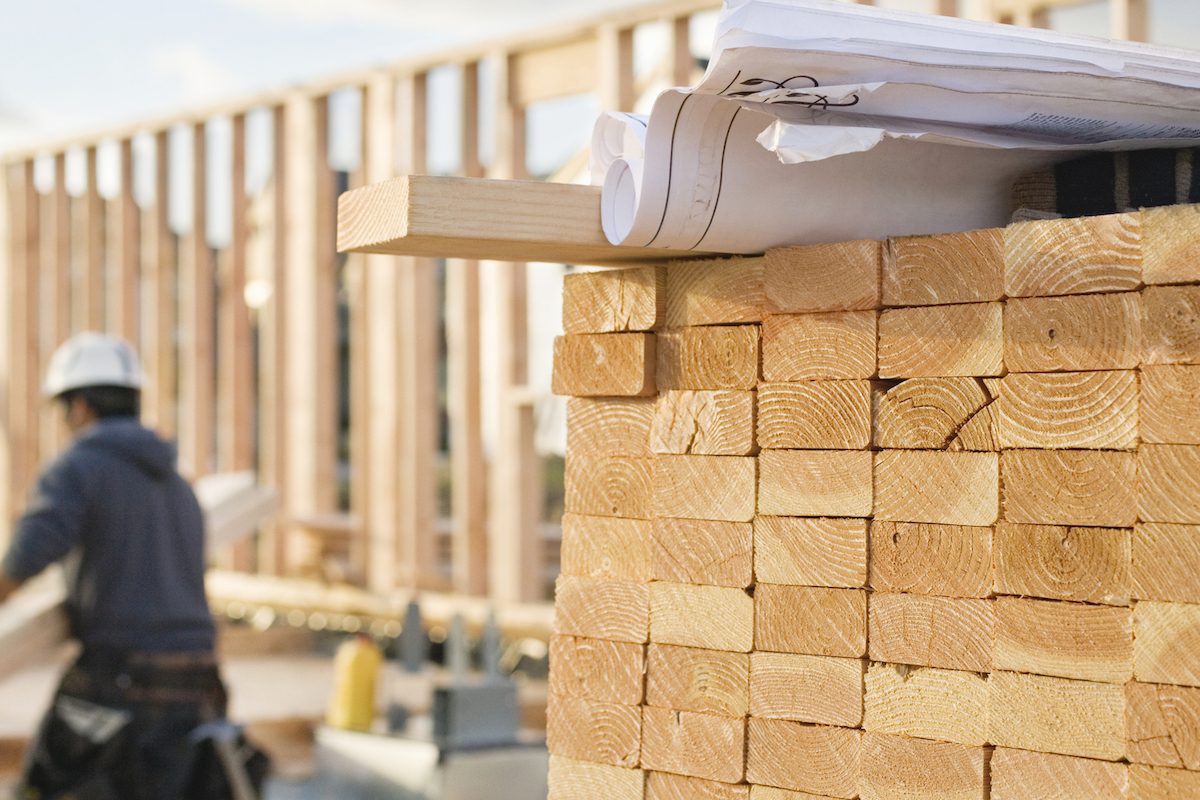
Four Steps to Zero Carbon Buildings
New homes and buildings will stand for decades, if not centuries. The carbon emissions embodied in the building materials and resulting from the manufacturing and construction processes must be factored into their overall carbon footprints. These four steps will get us started on the path to zero carbon.
Read ArticleApril 13, 2020

Carbon Emissions: We Broke It, We Fix It!
There’s no time to lose. We must move rapidly and decisively toward a carbon-neutral economy. Direct action is essential, but cannot happen fast enough. After you have reduced carbon in your home, vehicles, and businesses, there is still more to do. Here’s how.
Read ArticleApril 13, 2020

A Zero Carbon Building Primer
Zero energy buildings are here and growing in the market. Now it’s time to set our sights on the next step in the evolution of building design and construction: zero carbon.
Read ArticleFebruary 15, 2020

We Have Met the Enemy and It Is Waste
Energy waste is rampant in the American economy. If waste were cut in half, it would reduce carbon emissions the same amount as closing all coal-fired power plants in the US. Each of us can make choices to help reduce this waste.
Read ArticleJanuary 22, 2020
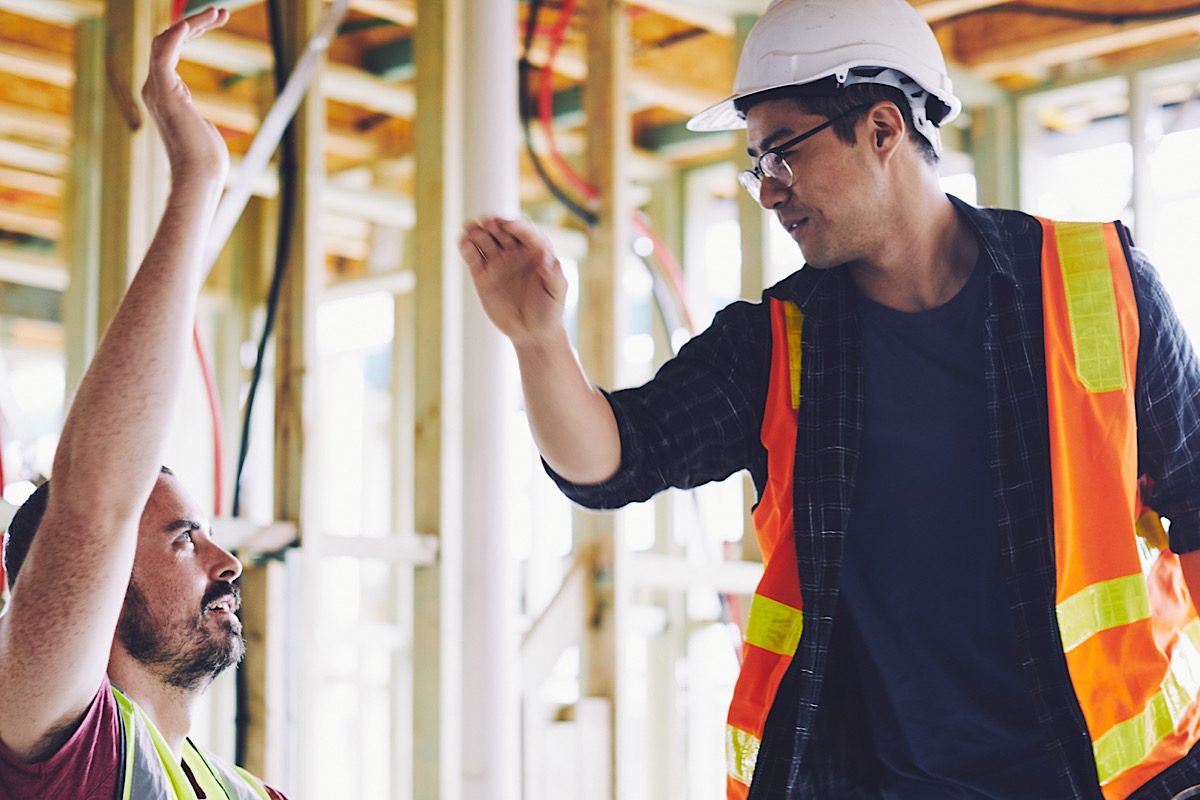
Zero Energy Buildings Surge Ahead
The 2019 inventories of zero energy buildings show growth is strong in this important sector of the construction industry. New homes, apartments, and commercial buildings are increasing their share of the market at an impressive pace.
Read ArticleJanuary 18, 2020
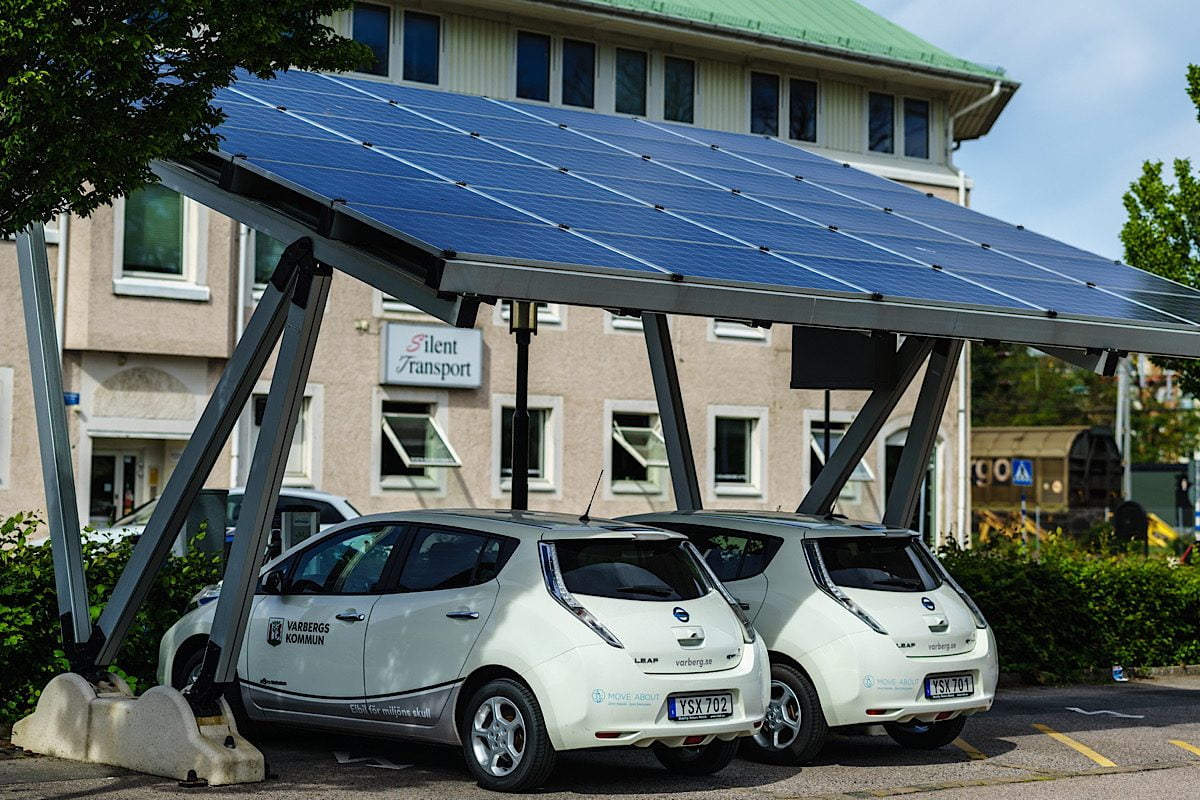
Electric Vehicles, Positive Energy Buildings, and Alternative Transportation
The rapid adoption of electric vehicles is an essential step in the transition to a post-carbon society. There will be challenges to making this transition to an all electric transportation system based on renewable energy. Luckily, positive energy buildings combined with modern transportation innovations may well be up to the task.
Read ArticleNovember 18, 2019

2020: The Year to Go Zero
Time has run out. A climate crisis is upon us. Only immediate and dramatic action can blunt the catastrophic consequences of a “hot house earth” scenario. There are a variety of actions that almost that every citizen of Planet Earth can take. Together we can make a real difference!
Read ArticleNovember 18, 2019
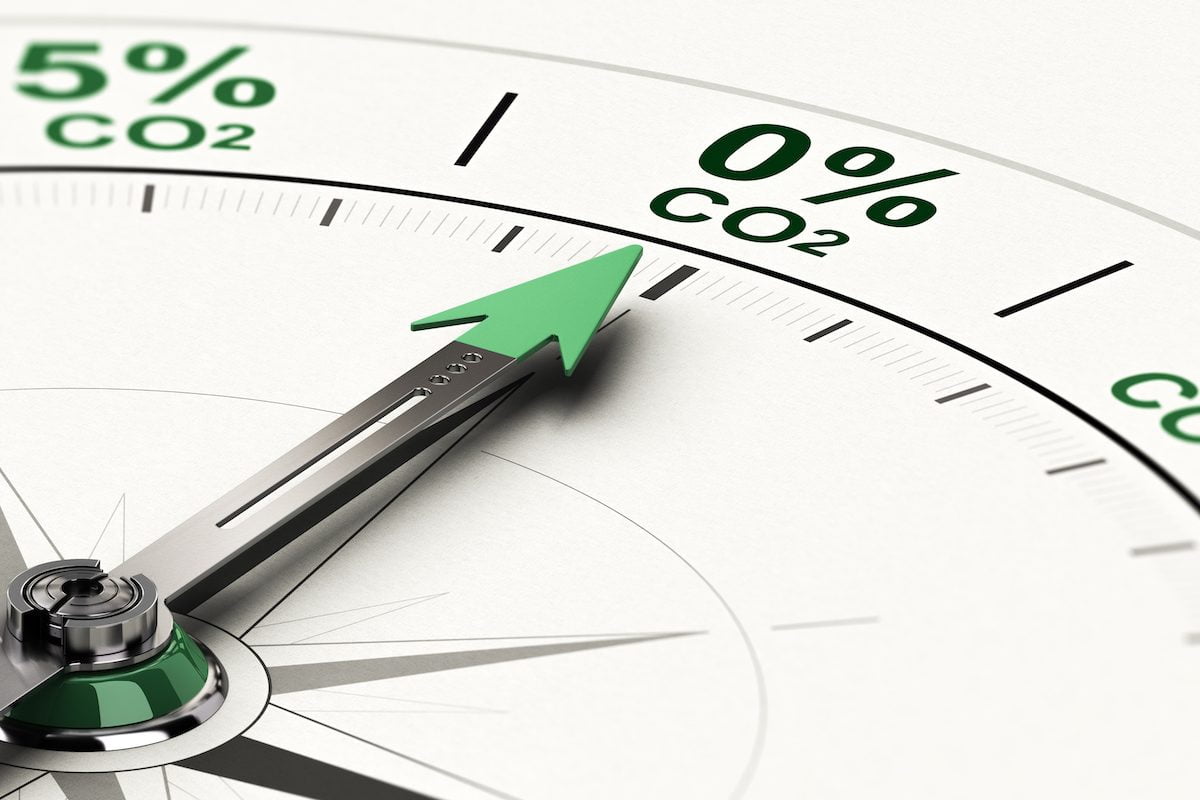
Energy Efficiency is Necessary but Not Nearly Sufficient!
Ask people how to reduce greenhouse gas emissions from buildings and most will say “improve energy efficiency.” That may be a step in the right direction, but it’s time to adopt a better measure – a building’s total carbon emissions.
Read ArticleSeptember 9, 2019
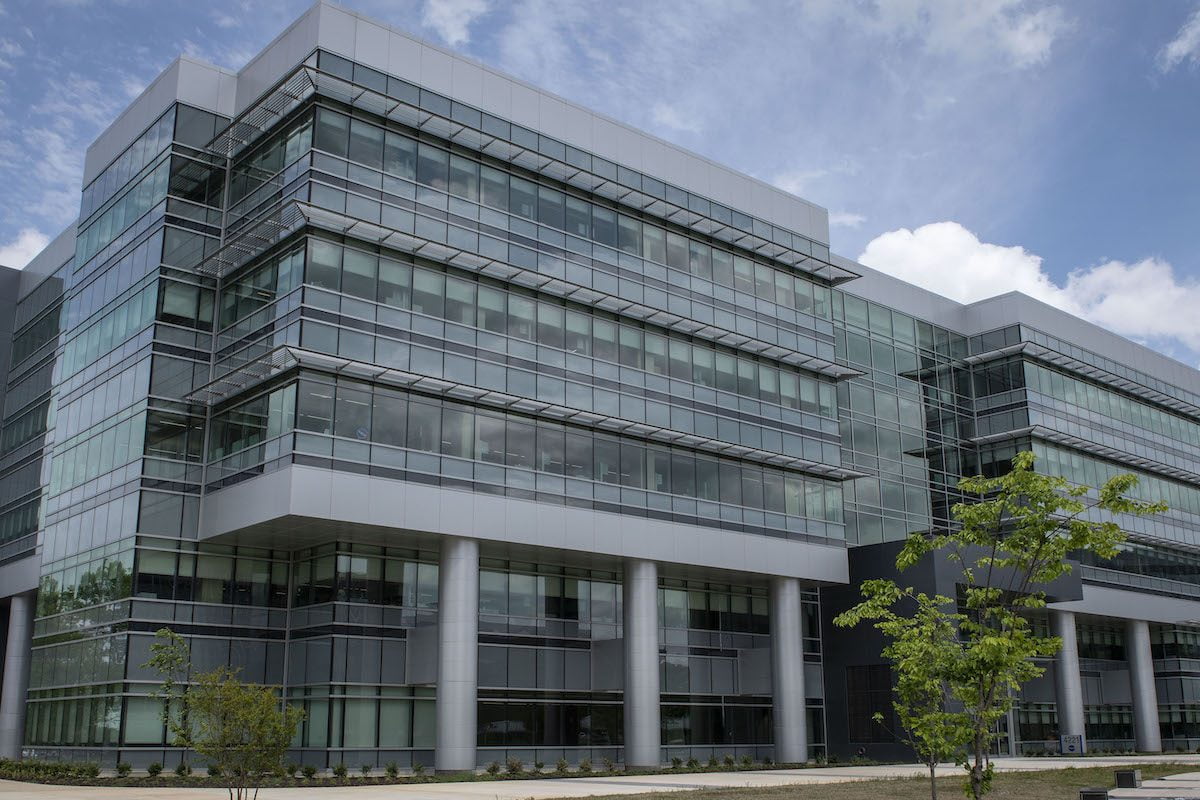
LEED v4.1 Goes Zero
The U.S. Green Building Council (USGBC) announced an update to Leadership in Energy and Environmental Design (LEED), the most widely used green building program in the world. What’s new with LEED version 4.1? Net zero certifications for carbon, energy, water and waste. With these certifications and and its upgraded recertification program, LEED is truly a leader in encouraging climate-friendly green buildings.
Read ArticleSeptember 6, 2019

Making the Connection: Green Buildings and Transportation
For decades, buildings have been influenced by transportation trends. But the reverse is also true: transportation can be influenced through building location and design. It’s time for green building professionals to make both buildings and their associated transportation carbon-neutral.
Read ArticleJune 18, 2019
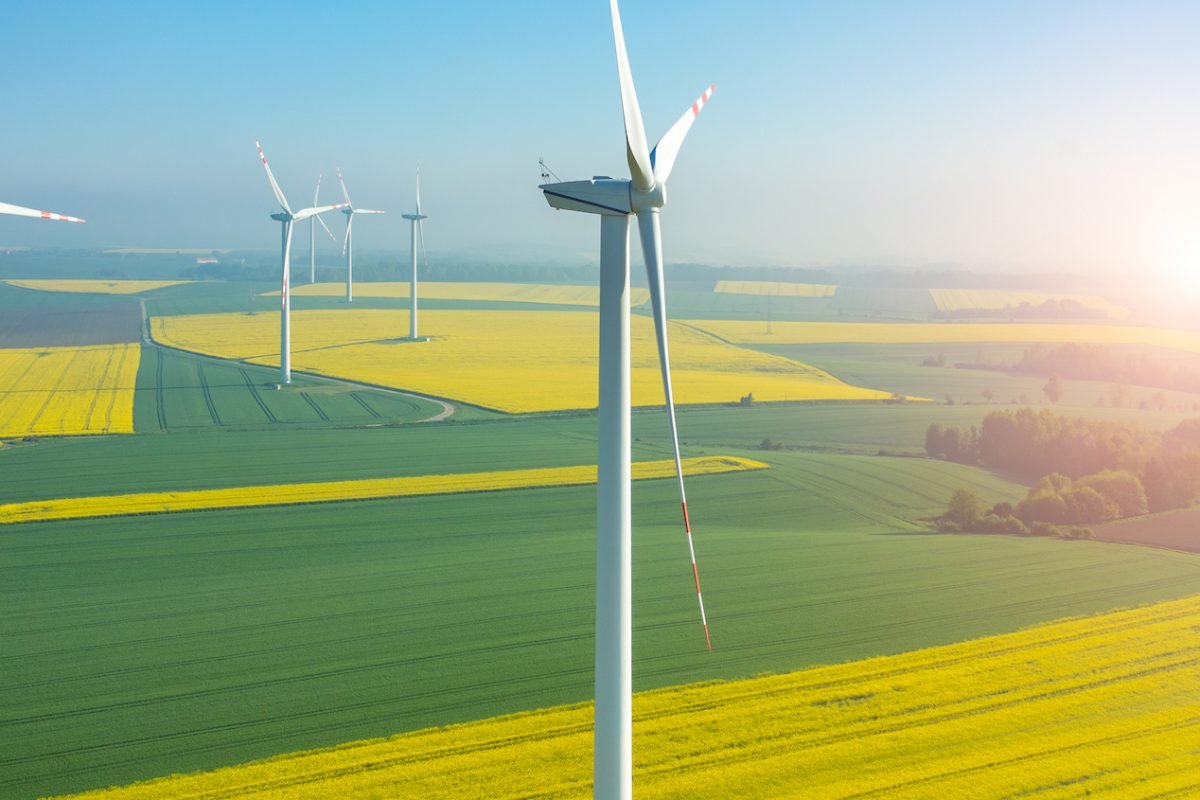
Getting to Zero: Buildings, Transportation and Agriculture
Energizing the Green New Deal Part Three is the final installment of our three-part series on realistic, primarily market-based methods for creating a zero carbon economy. Buildings are responsible for about 40% of greenhouse gas emissions and transportation for another 29%, so there is a lot of work to do there. Agriculture and forestry are two more fields that must be addressed.
Read ArticleFebruary 18, 2019
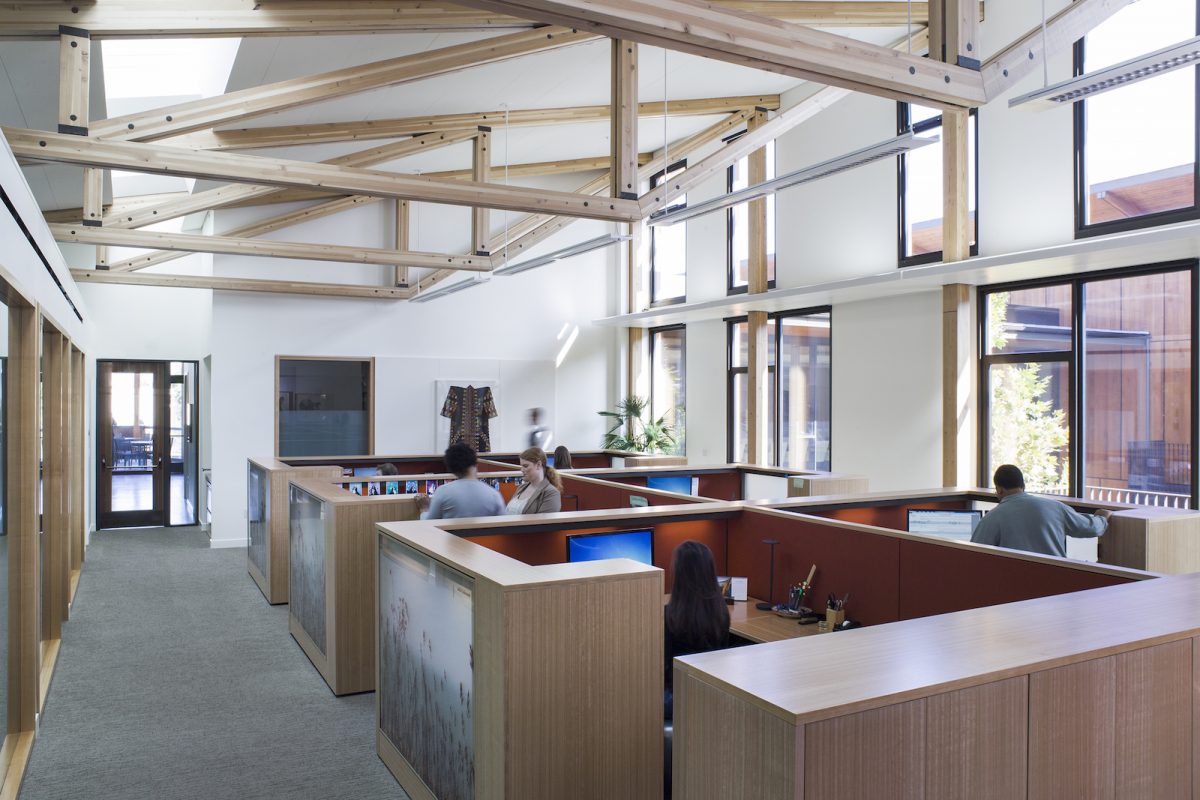
2019 is the Year of Energy Codes
Building codes are the nerdy superheroes that will help us stop the worst impacts of climate change. Local and state governments across the U.S. are beginning to recognize that every new building will use energy for decades and must be as efficient as possible.
Read Article